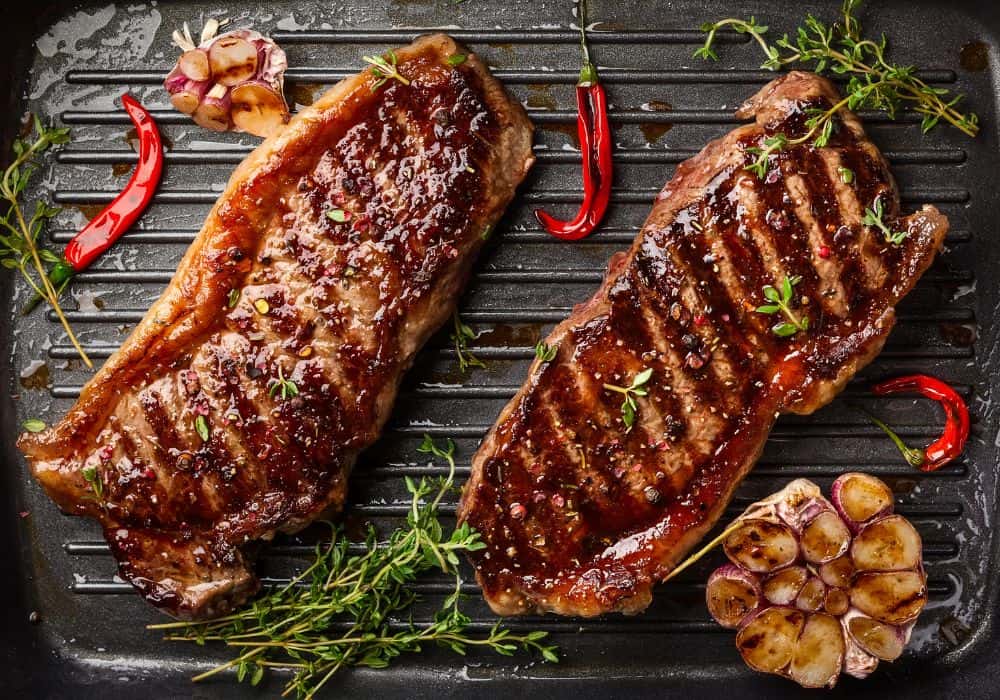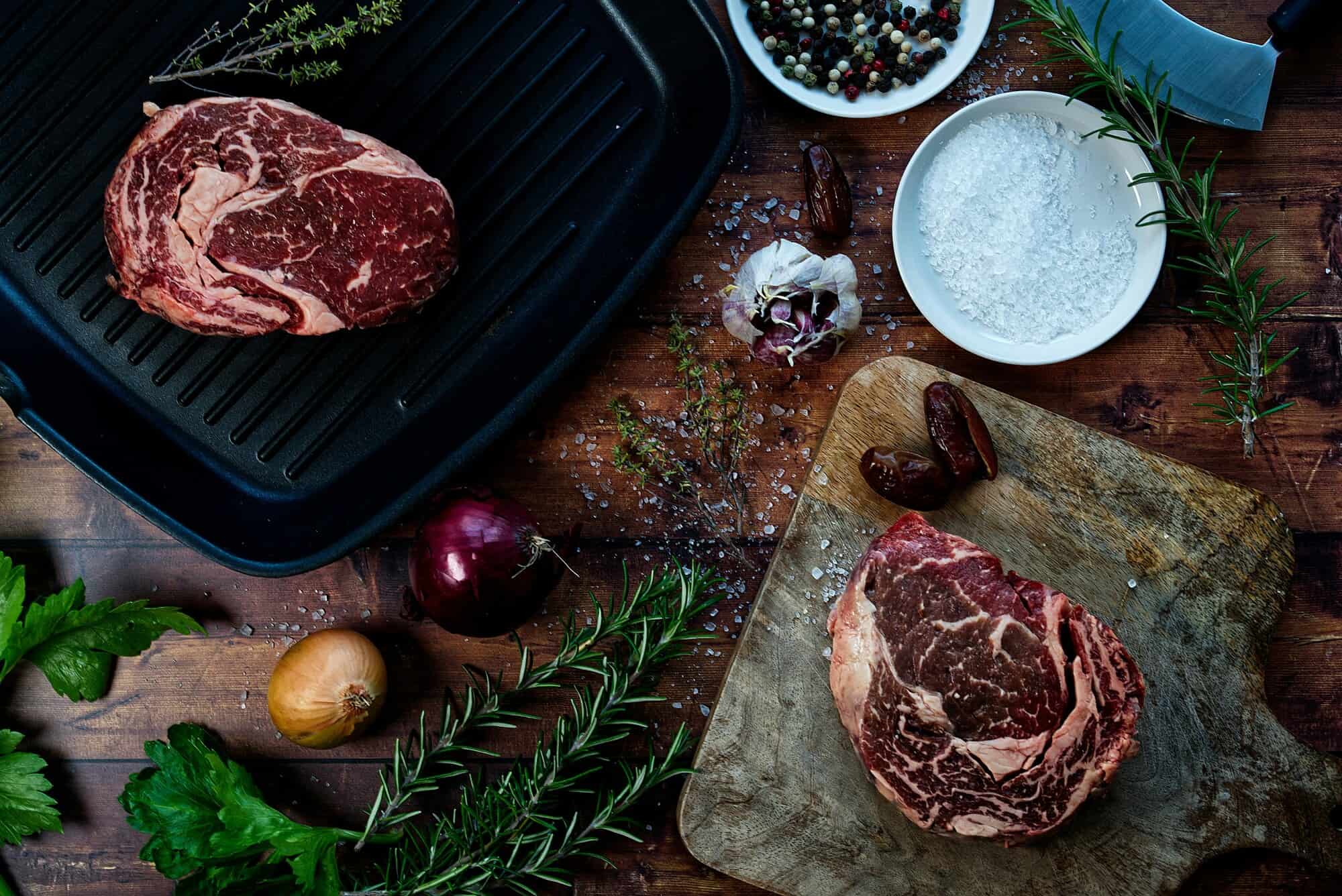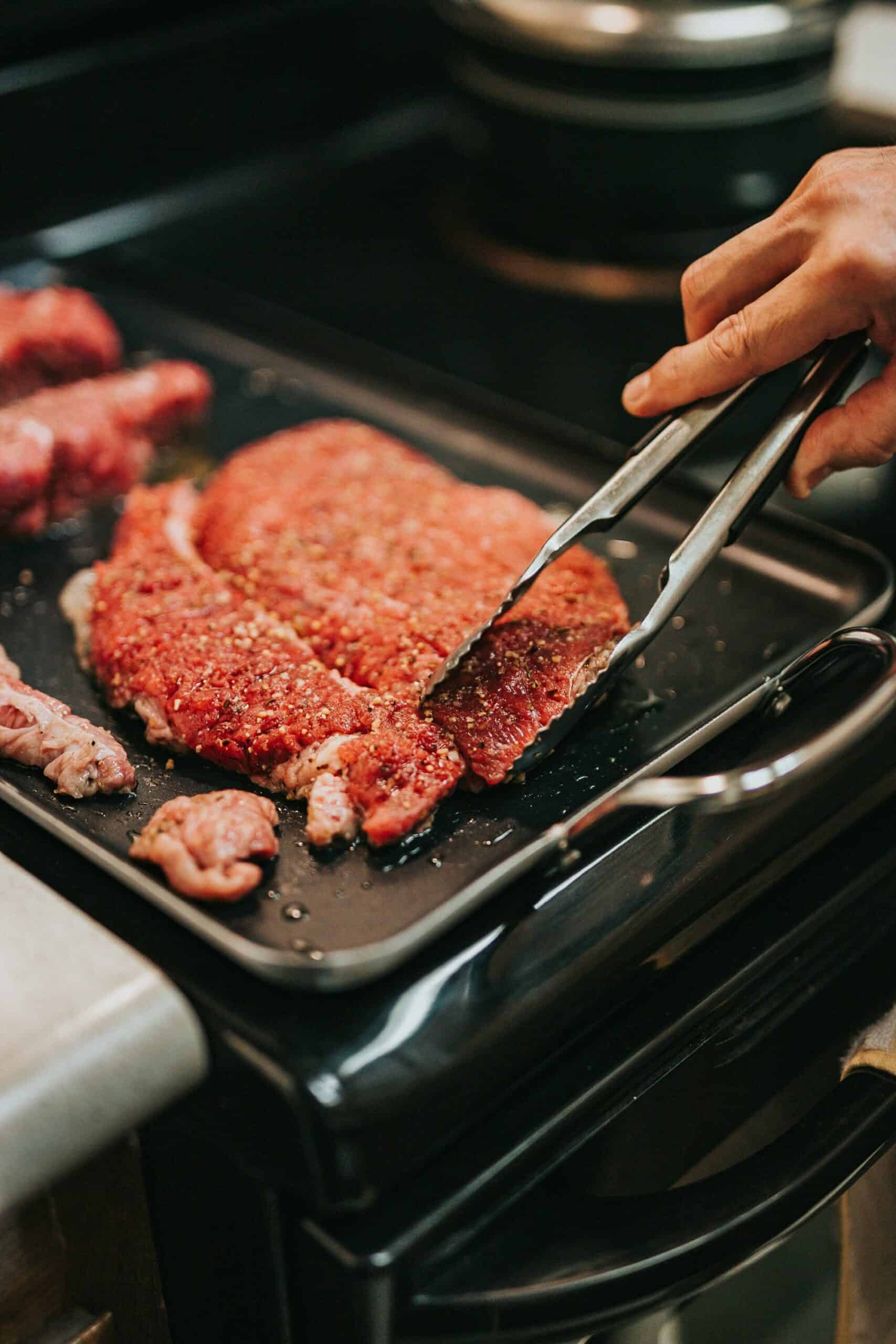
When it comes to cooking, there’s nothing quite like the savory delight of meat dishes. Whether you’re a fan of juicy steaks, tender poultry, or flavorful pork, mastering the art of meat preparation is essential for both taste and health. However, handling and cooking meat requires more than just culinary skills; it demands a strong commitment to food safety practices.
In this comprehensive guide, you’ll learn everything you need to keep your kitchen safe and your meat dishes delectable. From selecting the freshest cuts to serving them safely, here’s everything you should know.
Table of Contents
Know Your Source
Before you consider professionals like TDI Packsys for professional meat safety inspection, the journey to safe meat consumption starts long before the cooking process begins—it starts at the point of purchase.
Shopping from reputable sources is crucial. Look for stores or butchers that maintain high standards of cleanliness and product turnover. Freshness is key, so check the dates on the packaging and opt for meat that doesn’t show any signs of discoloration or unpleasant odors.
Understand Meat Grades
The United States Department of Agriculture (USDA) grades meat based on quality and safety. Familiarize yourself with these grades. While they can guide you towards quality cuts, remember, they’re also an indicator of how the meat was handled before reaching the store. Here’s a bit more detail:
- Prime: This top-tier grade signifies the highest quality, with abundant marbling, ensuring rich flavor and tenderness. Ideal for grilling and broiling.
- Choice: Offers slightly less marbling than Prime but is still high quality and versatile for most cooking methods.
- Select: Leaner than Prime and Choice, with minimal marbling, Select grade meat is more budget-friendly but may require careful cooking to maintain moisture and tenderness.
Understanding these grades allows you to make informed decisions about the meat you purchase when grocery shopping. This can also help you determine how it might impact your cooking technique and final dish quality.
Prepare Meat With Care
Preparation is critical to preventing foodborne illness. Always wash your hands before and after handling raw meat, as this simple act can significantly reduce the risk of spreading bacteria.
Use separate cutting boards and utensils for raw meat and other foods, or wash them thoroughly in between uses to avoid cross-contamination. Here are a few additional pointers to ensure safety:
- Marinate With Mindfulness: Always marinate meat in the refrigerator, not on the counter. Marinating at room temperature can allow bacteria to flourish. Additionally, if you plan to use some of the marinade as a sauce, reserve a portion before it touches the raw meat.
- Thawing Thoroughly: Thaw meat in the refrigerator or in cold water, changing the water every 30 minutes to ensure it remains cold. Avoid thawing meat on the countertop, as the outer layers can enter the danger zone (between 40°F and 140°F), where bacteria grow rapidly, long before the inside is thawed.
- Cutting Cross-Contamination: Consider using color-coded cutting boards and utensils—one set for raw meats and another for ready-to-eat foods. This visual cue can help prevent cross-contamination.
- Cleaning As You Go: Wipe down surfaces and clean spills immediately, especially if they involve raw meat juices. Keeping a clean workspace not only helps prevent the spread of bacteria but also makes the cooking process more enjoyable and efficient.
Incorporating these additional steps into your meat preparation routine can significantly enhance safety, ensuring that meals are not only delicious but also prepared with the utmost care and attention to health.
Store Meat Safely
When it comes to food safety, proper storage is crucial in maintaining its freshness and preventing the growth of harmful bacteria. Here’s how to do it right:
- Immediately after purchasing, transfer the meat to the refrigerator or freezer. If it won’t be used within a couple of days, freezing is the best option to preserve its quality and safety.
- In the refrigerator, store meat on the lowest shelf to prevent juices from dripping onto other foods, which could cause cross-contamination.
- Use airtight containers or wrap the meat tightly in plastic wrap or aluminum foil to protect it from air exposure and to prevent it from absorbing flavors and odors from other foods.
- Label your meat with the purchase or freeze date. This practice helps keep track of how long it’s been stored, ensuring that it’s used within a safe timeframe.
By following these simple yet effective steps, you can significantly reduce the risk of foodborne illnesses and keep your meat fresh and delicious until it’s time to cook.
Cook Meat To The Right Temperature
Cooking meat to the proper temperature is a non-negotiable step in ensuring food safety. It’s the most reliable method to kill off any harmful bacteria that might be lurking within.
A food thermometer isn’t just a tool; it’s your best ally in the kitchen when it comes to meat safety. Here are some critical temperatures to keep in mind:
- Ground Meat (Beef, Pork, Lamb, Veal): 160°F ensures that harmful bacteria are killed throughout the product.
- Poultry (Chicken, Turkey, Duck): 165°F is critical for destroying pathogens like Salmonella and Campylobacter.
- Steaks, Roasts, And Chops (Beef, Pork, Lamb, Veal): 145°F followed by a three-minute rest time allows for a safe yet juicy meal.
Color isn’t a reliable indicator of doneness. Meats can brown before dangerous bacteria are eliminated, so always use a thermometer to check.
When inserting the thermometer, aim for the thickest part of the meat, avoiding bones and fat, which can give misleading readings. This practice not only guarantees safety but also helps in achieving the desired doneness, enhancing both the flavor and texture of your meat dishes.
Serve Meat Safely
After cooking, it’s crucial to maintain meat at a safe temperature until it’s time to enjoy. Keep cooked meat at 140°F or warmer to prevent the growth of harmful bacteria. Here are some tips to ensure meat is served safely:
- Use clean plates and utensils for serving, distinct from those used for raw meat, to avoid cross-contamination.
- For meals served over an extended period, such as at a buffet or picnic, employ chafing dishes or slow cookers to keep hot dishes hot—similarly, place dishes containing cold meats on ice to maintain their freshness and safety.
- If serving meat in an outdoor setting, cover dishes when not actively serving to protect against insects and environmental contaminants.
- Avoid leaving meat out at room temperature for more than two hours, or one hour if the temperature is above 90°F. This rule helps prevent the danger zone, where bacteria can multiply rapidly.
Adhering to these serving suggestions ensures that every meal is not only delicious but also safe for everyone to enjoy.
Conclusion
By following these essential food safety practices for handling and cooking meat, you’ll ensure your meals are not just delicious but also safe to eat. Remember, taking the time to select, store, prepare, cook, and serve meat properly is worth the effort. It’s the key to enjoying your favorite meat dishes with peace of mind. Happy cooking!

